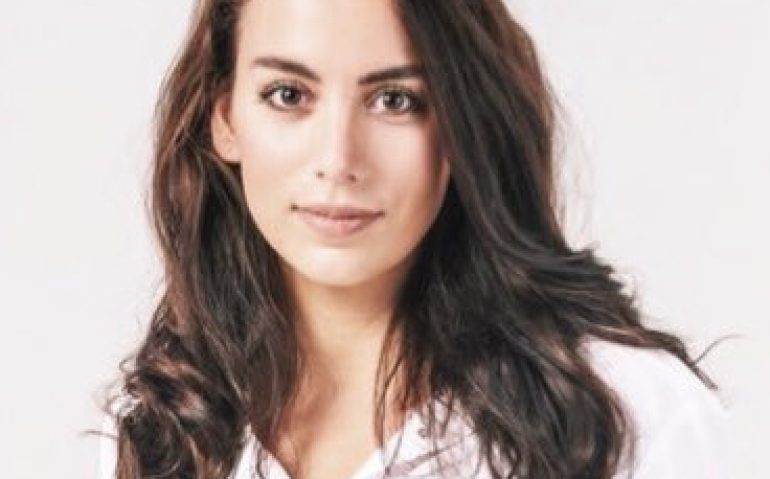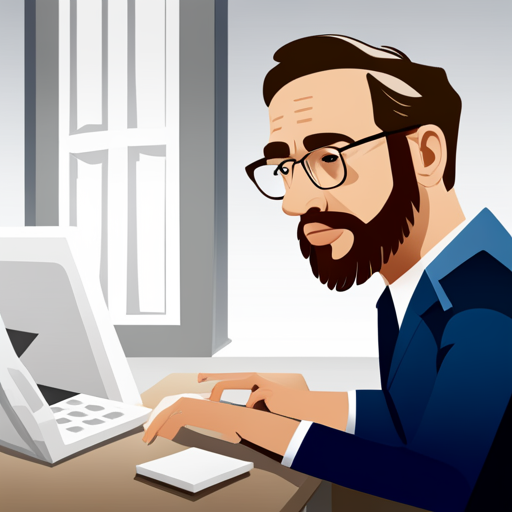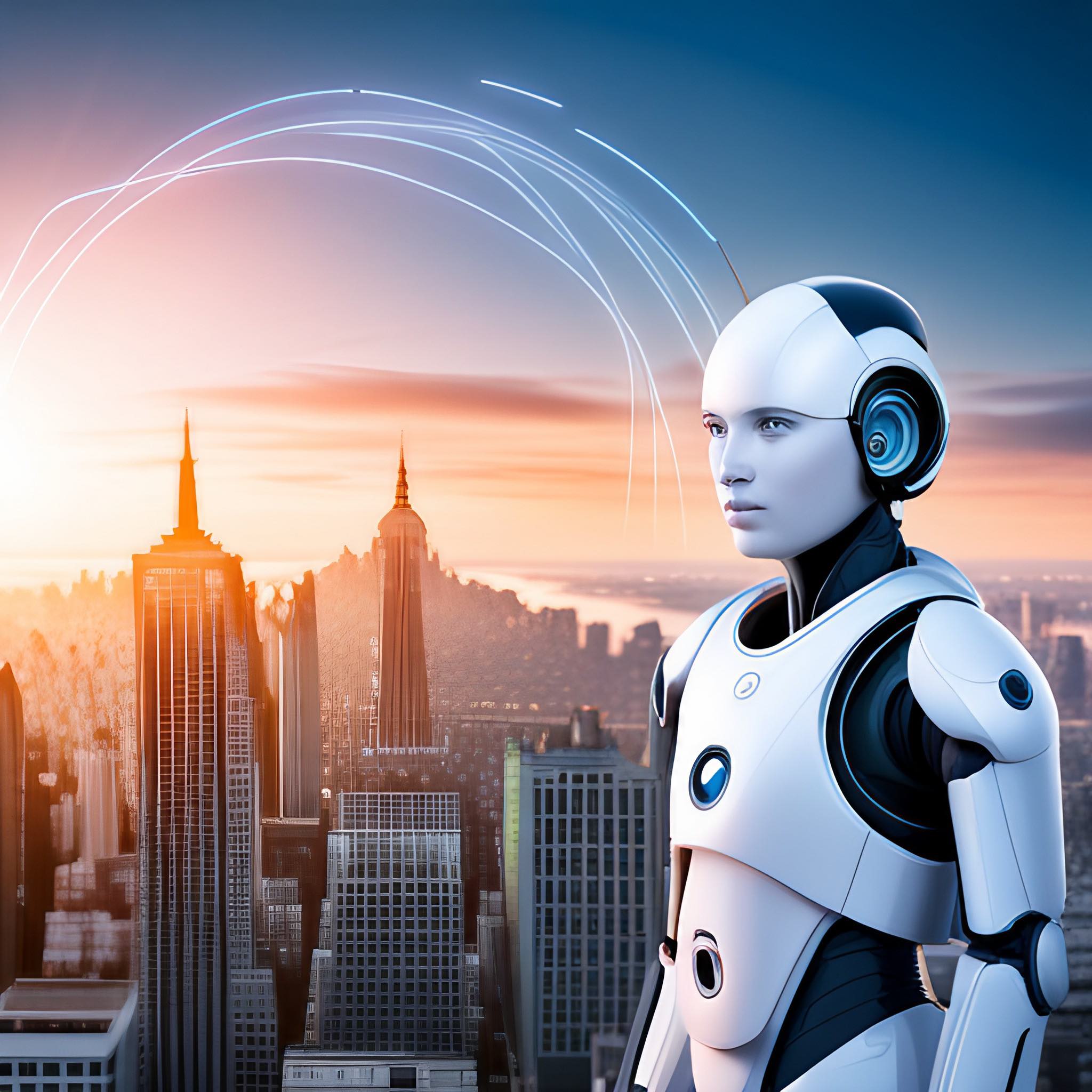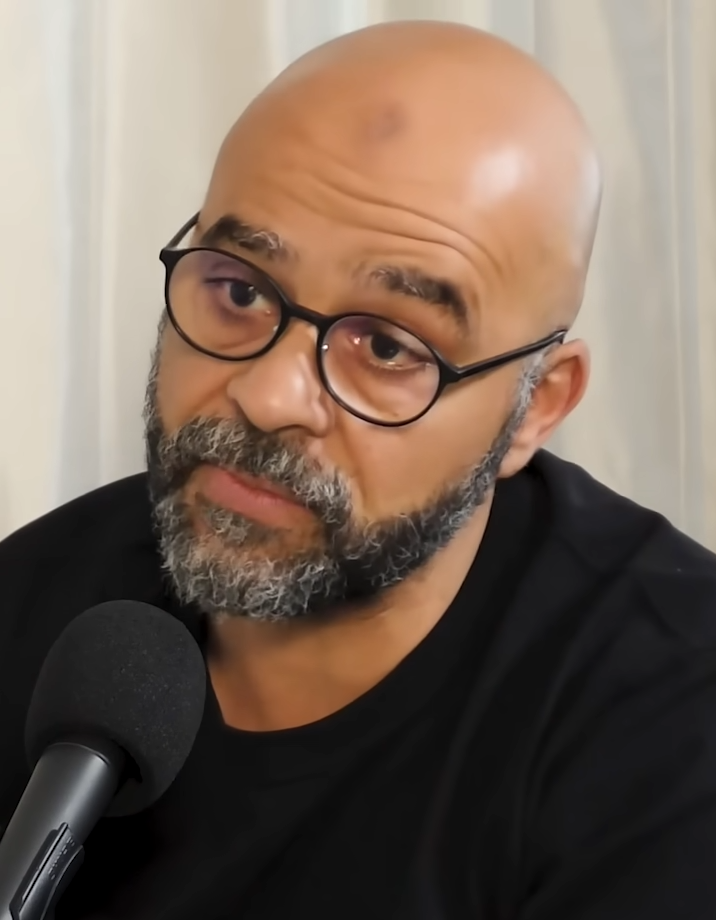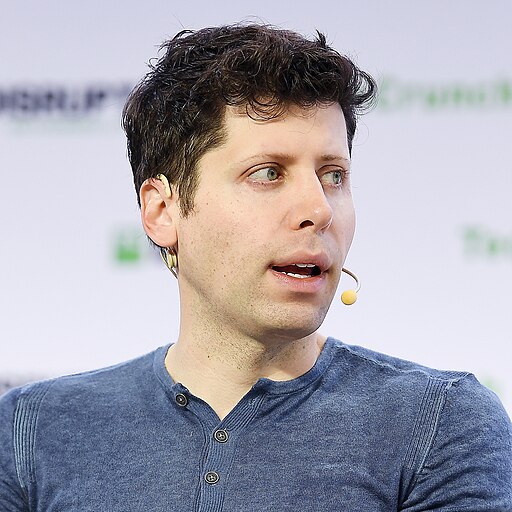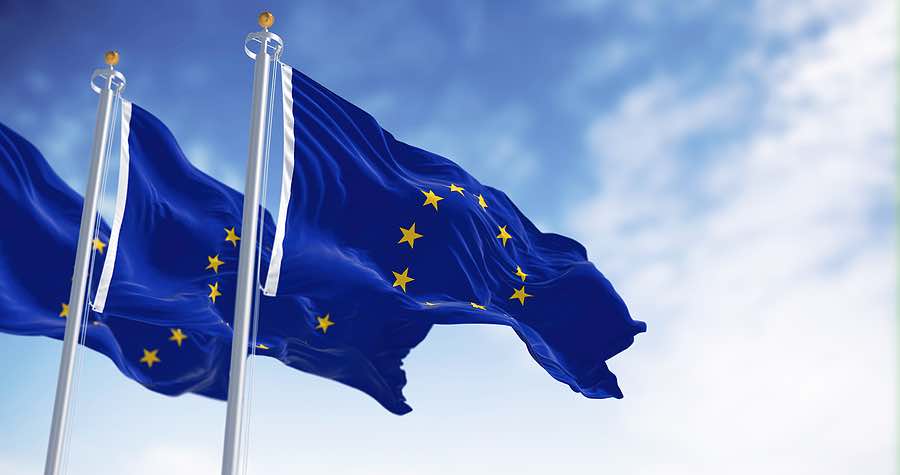Mira Murati, an enigmatic blend of intellect and innovation, was born in 1988. The cradle of her genius was the picturesque Vlorë, Albania, where the early seeds of an illustrious technological career were sown. However, contrary to some reports, Murati was not born in San Francisco to Indian-origin parents, but the discrepancy hints at the global resonance of her persona (Wikipedia)(Economic Times).
Academic Forays
The ambitious young Murati set her academic sails towards the esteemed Dartmouth College. Here, she didn’t just earn a Bachelor of Engineering but embarked on a voyage of self-discovery that would later see her grace the hallways of tech giants (Analytics India Magazine).
Mia Murati: Stepping Stones to Greatness
Post-graduation, her career blueprint saw her as a summer analyst at Goldman Sachs. A stint that perhaps sharpened her corporate acumen. Murati then explored the aerospace frontier with Zodiac Aerospace as an advanced concepts engineer, a precursor to her rendezvous with Tesla as a senior product manager. At Tesla, she helmed the development of Model X, a chapter in her career that honed her prowess in meshing technology with real-world applications (Fast Company)
Leap of Faith
Her next leap was towards Leap Motion in 2016, where she envisioned replacing keyboards with augmented reality systems. Despite the technology’s nascent stage, Murati’s stint here was a testament to her enduring pursuit of innovation (Fast Company).
The OpenAI Odyssey for Mia Murati
2018 marked the onset of her saga at OpenAI. As the CTO, she’s not just a title holder but the linchpin shaping the future of AI. Under her aegis, OpenAI has seen the rollouts of Dall-E and ChatGPT, monumental strides that echo her belief in democratizing AI. Her advocacy for public testing of AI products is a notable divergence from the cloak-and-dagger approach of many tech behemoths (Stanford Digital Economy Lab).
Championing Ethical AI
Murati’s clarion call for AI regulation isn’t just about curbing a dystopian future. It reflects her cognizance of the societal ramifications of AI, a trait that elevates her from a mere technocrat to a thought leader. Her ethos resounds with her statement on not leaving societal questions solely in the hands of technologists.
Recent Endeavours
Lately, under Mia Murati’s stewardship, OpenAI is on the verge of unveiling a tool with a remarkable 99% accuracy in detecting AI-generated images. This project epitomizes her unyielding resolve to harness AI for the greater good(Bloomberg Law).
Legacy of a Trailblazer
Mira Murati’s narrative isn’t just about the accolades or the high-profile positions. It’s about shattering glass ceilings in a male-dominated domain and inspiring a legion of aspiring technologists. Her journey from gears to algorithms is a stirring tale of how an indomitable spirit coupled with relentless innovation can redraw the realms of possibility (KITRUM)(Tech Funding News).
Famous Quotes from Mia Murati
- “Our mission is to get to artificial general intelligence and figure out how to deploy that safely,” referring to a future software that could perform a range of cognitive tasks at human level (source)1.
- Regarding the impact of AI, she mentioned, “As with other revolutions that we’ve gone through, there will be new jobs and some jobs will be lost… but I’m optimistic” (Time)2.
- On the release of ChatGPT, she expressed, “We weren’t anticipating this level of excitement from putting our child in the world. We, in fact, even had some trepidation about putting it out there. I’m curious to see the areas where it’ll start generating utility for people and not just novelty and pure curiosity” (Time)2.
- Discussing challenges with ChatGPT, she noted, “ChatGPT is essentially a large conversational model—a big neural net that’s been trained to predict the next word—and the challenges with it are similar challenges we see with the base large language models: it may make up facts” (Time)2.
- On interacting with AI models, “Yes. This is actually a core challenge. We picked dialogue specifically because dialogue is a way to interact with a model and give it feedback. If we think that the answer of the model is incorrect, we can say, “Are you sure? I think actually…” And then the model has an opportunity to go back and forth with you, similar to how we would converse with another human” (Time)2.
- Addressing the potential of ChatGPT in education, “Right now, it’s in the research review stage, so I don’t want to speak with high confidence on what problems it is solving. But I think that we can see that it has the potential to really revolutionize the way we learn” (Time)2.
- On unexpected uses of technology, “When we’re developing these technologies, we’re really pushing toward general intelligence, general capabilities with high reliability—and doing so safely. But when you open it up to as many people as possible with different backgrounds and domain expertise, you’ll definitely get surprised by the kinds of things that they do with the technology, both on the positive front and on the negative front” (Time)2.
- Reflecting on the intersection of technology and society, “This is a unique moment in time where we do have agency in how it shapes society. And it goes both ways: the technology shapes us and we shape it” (Time)2.
- Discussing the governance of AI, “[AI] can be misused, or it can be used by bad actors. So, then there are questions about how you govern the use of this technology globally. How do you govern the use of AI in a way that’s aligned with human values?” (Time)2.
- On the role of companies and governments in AI regulation, “It’s important for OpenAI and companies like ours to bring this into the public consciousness in a way that’s controlled and responsible. But we’re a small group of people and we need a ton more input in this system and a lot more input that goes beyond the technologies—definitely regulators and governments and everyone else” (Time)2.

